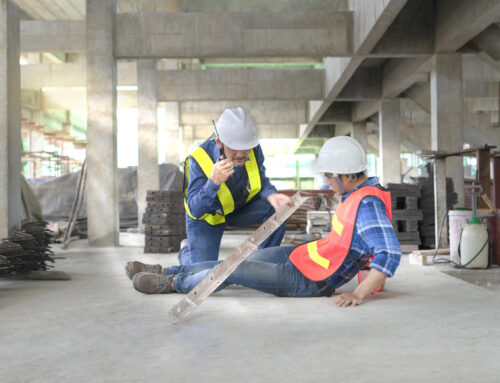A recent article (http://www.workerscompensation.com/compnewsnetwork/news/16454-transportation-incidents-are-a-leading-cause-of-workplace-fatalities.html), focusing on the state of Indiana, highlighted the number of car accidents that take place in the course of employment. The article noted that, not only are car crashes among the leading causes of death in the United States, “[i]n 2011, transportation-related incidents were the leading cause of workplace fatalities in Indiana.” This statistic includes both car accidents and injuries to employees that work on roads, bridges, and highways.
And car crash injuries are not just focal points of Indiana’s workers’ compensation system—in New Jersey, also, workers regularly look to workers’ comp to help with these types of injuries. But—as the relatively recent case of Acikgoz v. N.J. Turnpike Authority suggests—proving that a car crash falls under the definitional ambit of workers’ compensation is not always an easy task.
In that case, the Appellate Division affirmed a decision by a workers’ compensation judge, holding against an injured N.J. Turnpike Authority employee who got into a car crash on an area of the Turnpike very close to where he worked. The courts held that the injured worker’s injuries were not compensable. The New Jersey system requires that the injury arise out of and in the course of the employees employment. And here, the courts found that the accident occurred on an area of the Turnpike that was no longer considered “on premises” for Turnpike Authority employees and therefore determined the accident was not in the course of his employment.
“To conclude the Authority “controlled” the overpass [where the accident occurred] because it owned and maintained it,” wrote the Appellate Division, “would essentially abrogate the premises rule because the Authority owns and maintains the entire New Jersey turnpike system. Clearly, the mere fact that an Authority employee was involved in an accident on a road owned and maintained by the Authority cannot serve as a sufficient basis to conclude the accident occurred in the course of petitioner’s employment.
For the full text of that case, see http://www.leagle.com/xmlResult.aspx?page=4&xmldoc=20081744939A2d805_11739.xml&docbase=CSLWAR3-2007-CURR&SizeDisp=7.





